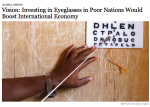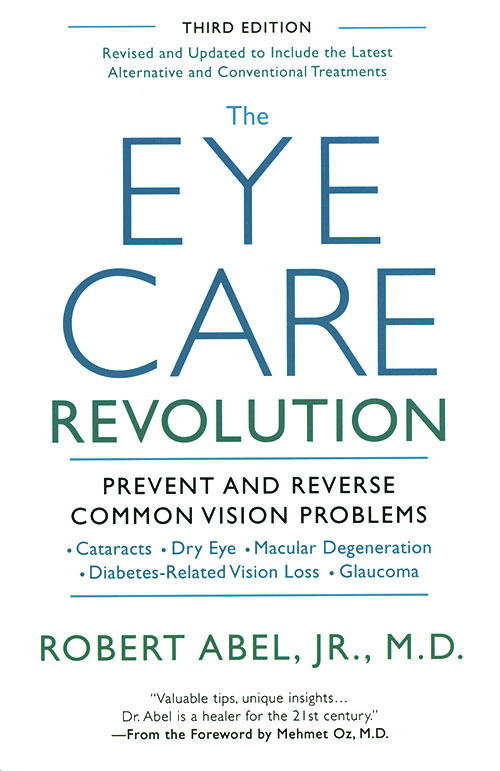Investing in Eyeglasses in Poor Nations Would Boost International Economy
 Eliminating the worldwide shortage of eyeglasses could cost up to $28 billion, but would add more than $200 billion to the global economy, according to a study published last month in the Bulletin of the World Health Organization.
Eliminating the worldwide shortage of eyeglasses could cost up to $28 billion, but would add more than $200 billion to the global economy, according to a study published last month in the Bulletin of the World Health Organization.
The $28 billion would cover the cost of training 65,000 optometrists and equipping clinics where they could prescribe eyeglasses, which can now be mass-produced for as little as $2 a pair. The study was done by scientists from Australia and the Johns Hopkins Bloomberg School of Public Health.
The authors assumed that 703 million people worldwide have uncorrected nearsightedness or farsightedness severe enough to impair their work, and that 80 percent of them could be helped with off-the-rack glasses, which would need to be replaced every five years.
The biggest productivity savings from better vision would not be in very poor regions like Africa but in moderately poor countries where more people have factory jobs or trades like driving or running a sewing machine.
Without the equivalent of reading glasses, “lots of skilled crafts become very difficult after age 40 or 45,” said Kevin Frick, a Johns Hopkins health policy economist and study co-author. “You don’t want to be swinging a hammer if you can’t see the nail.”
If millions of schoolchildren who need glasses got them, the return on investment could be even greater, he said, but that would be in the future and was not calculated in this study.
—-New York Times article, November 27th 2012







